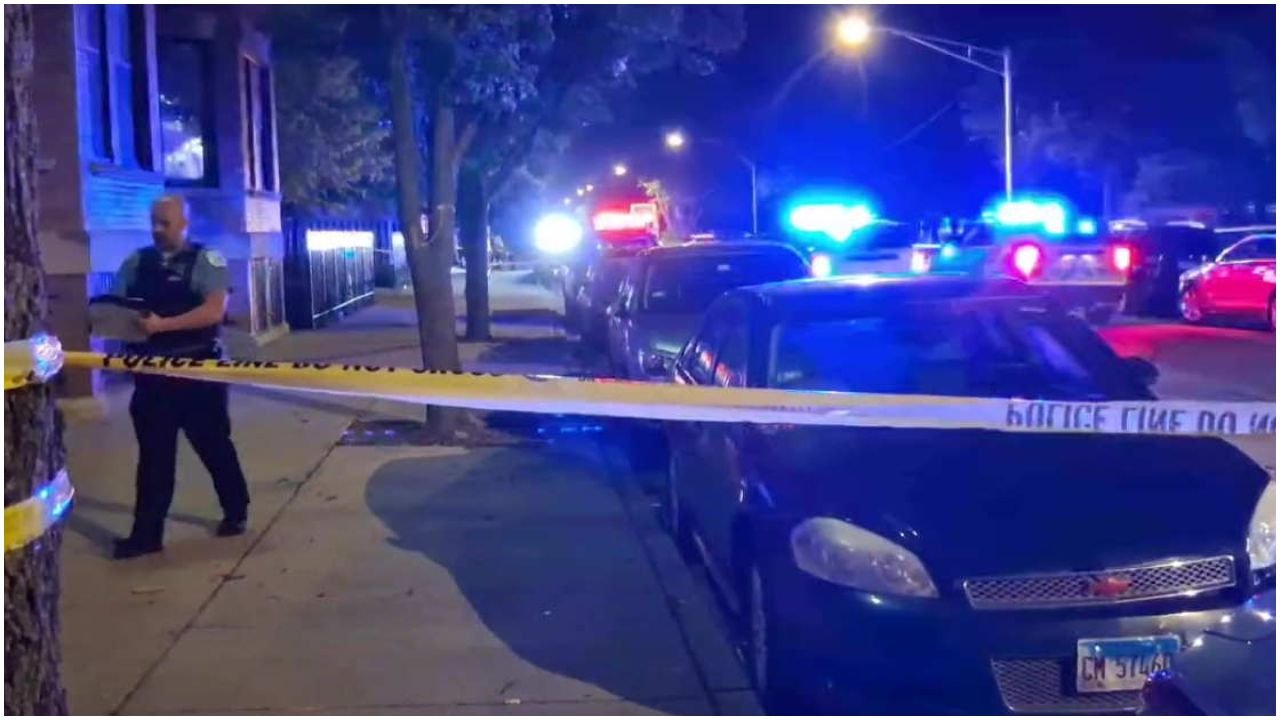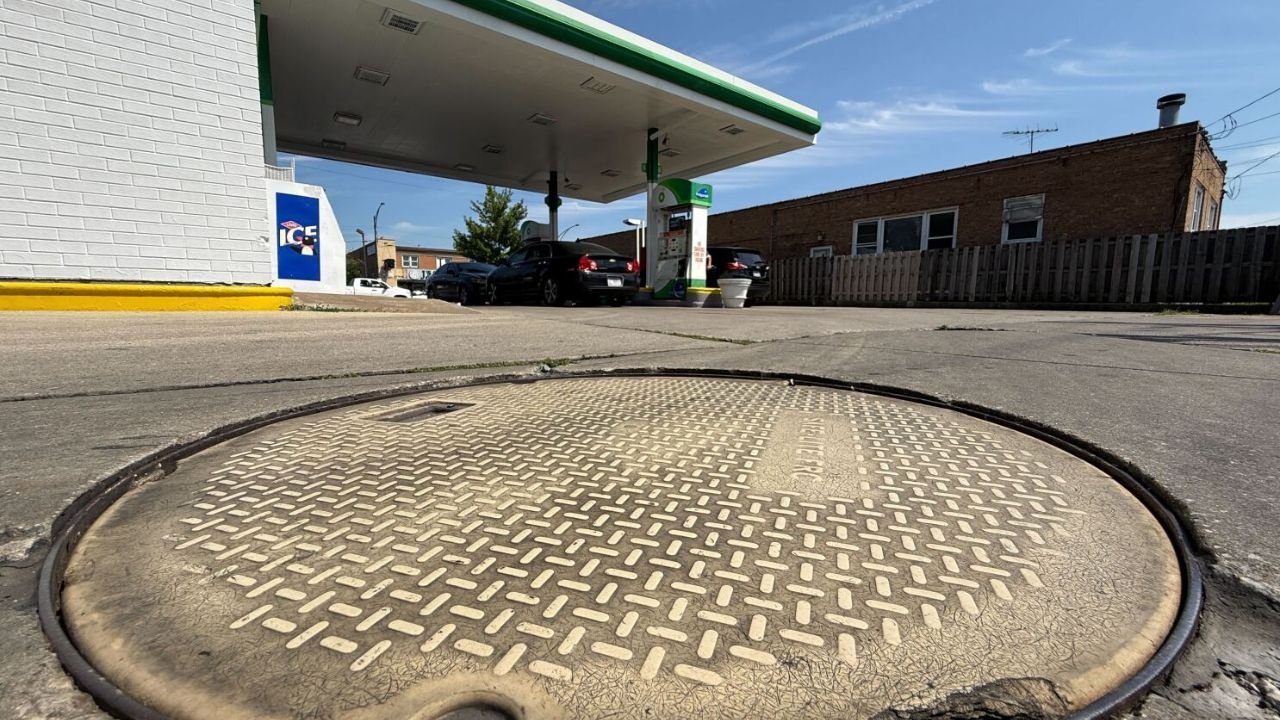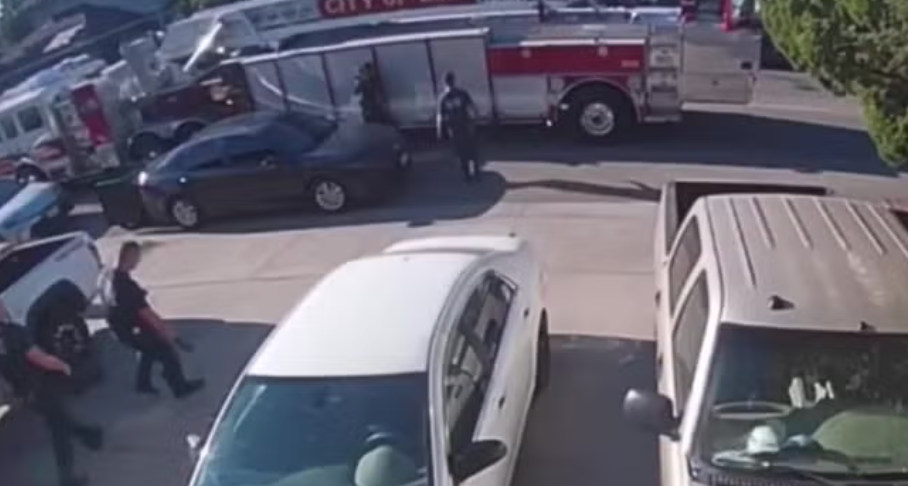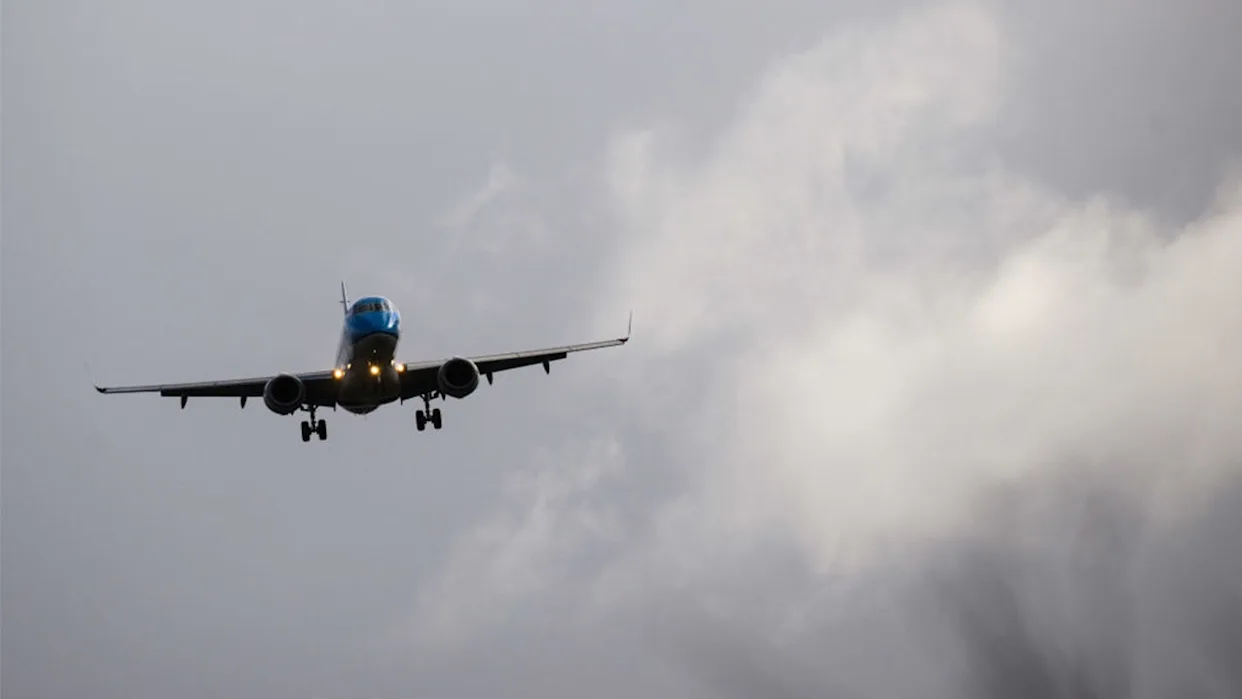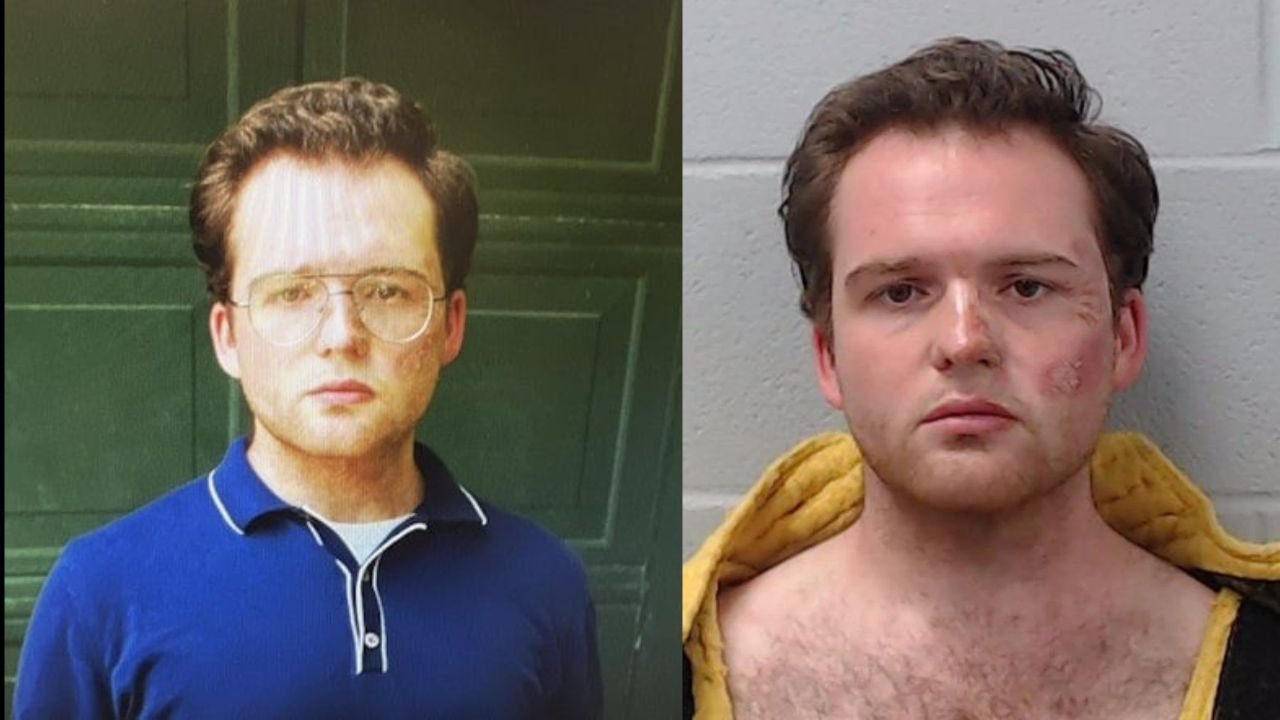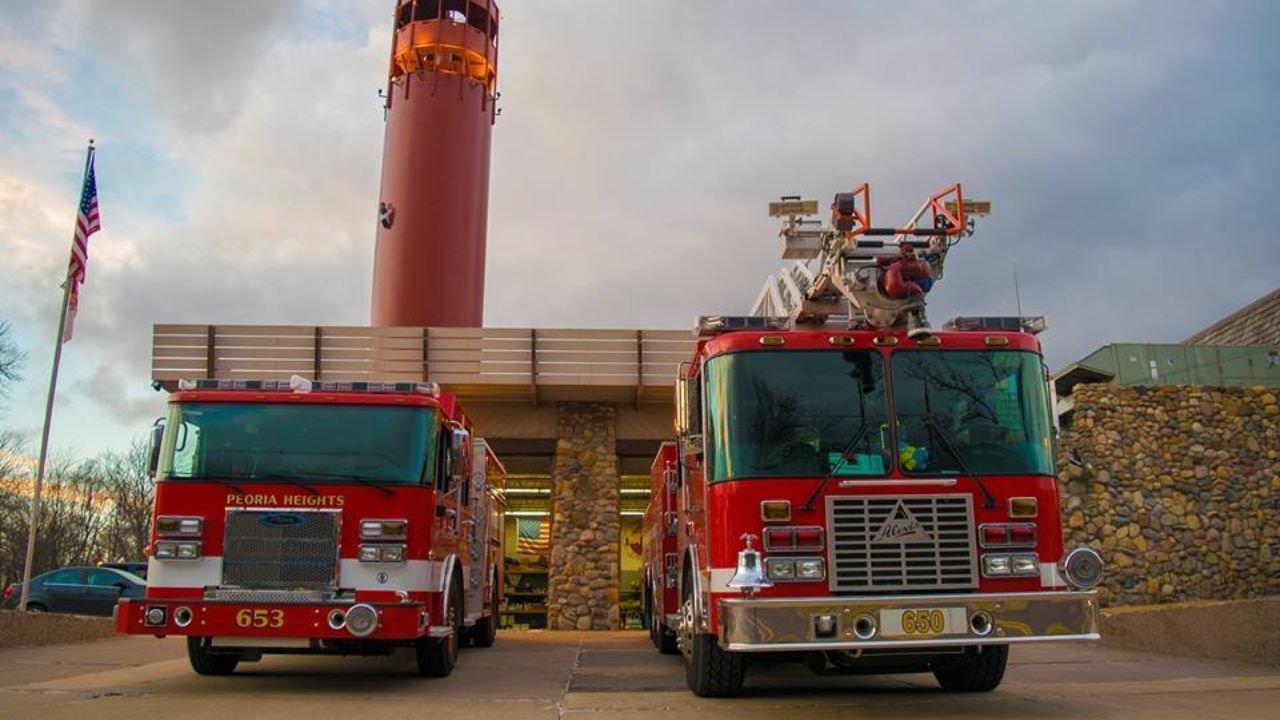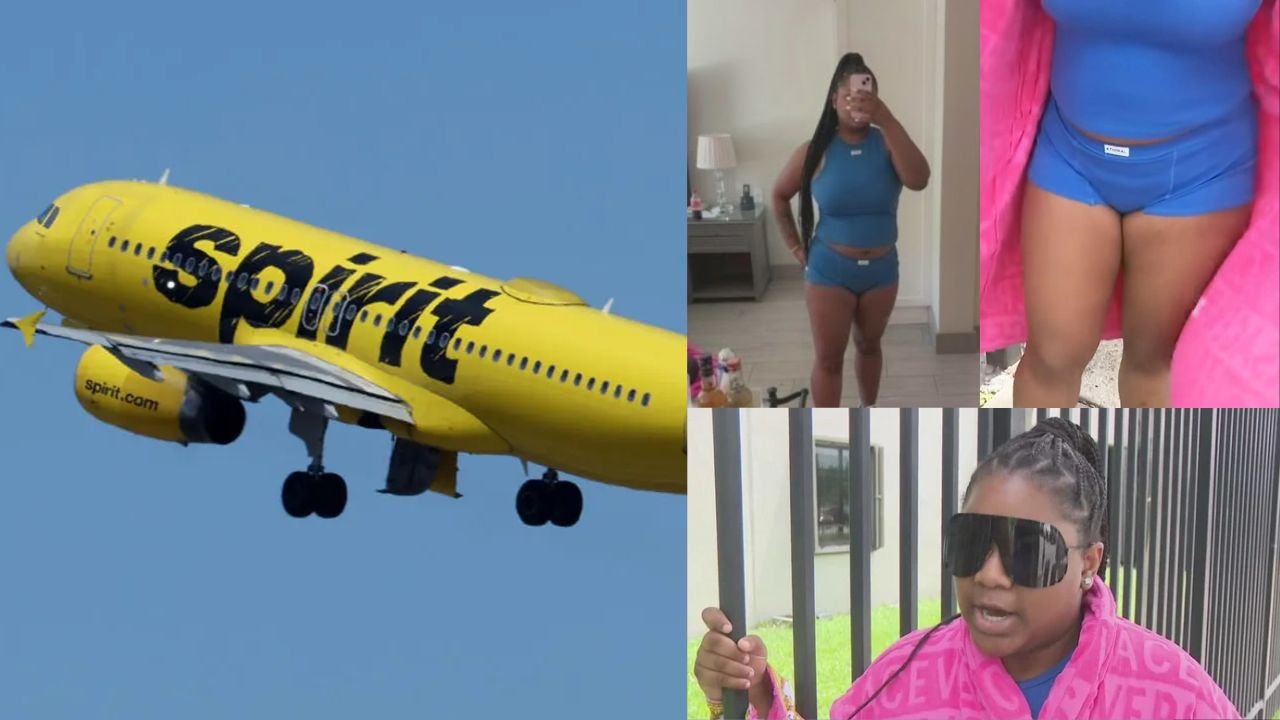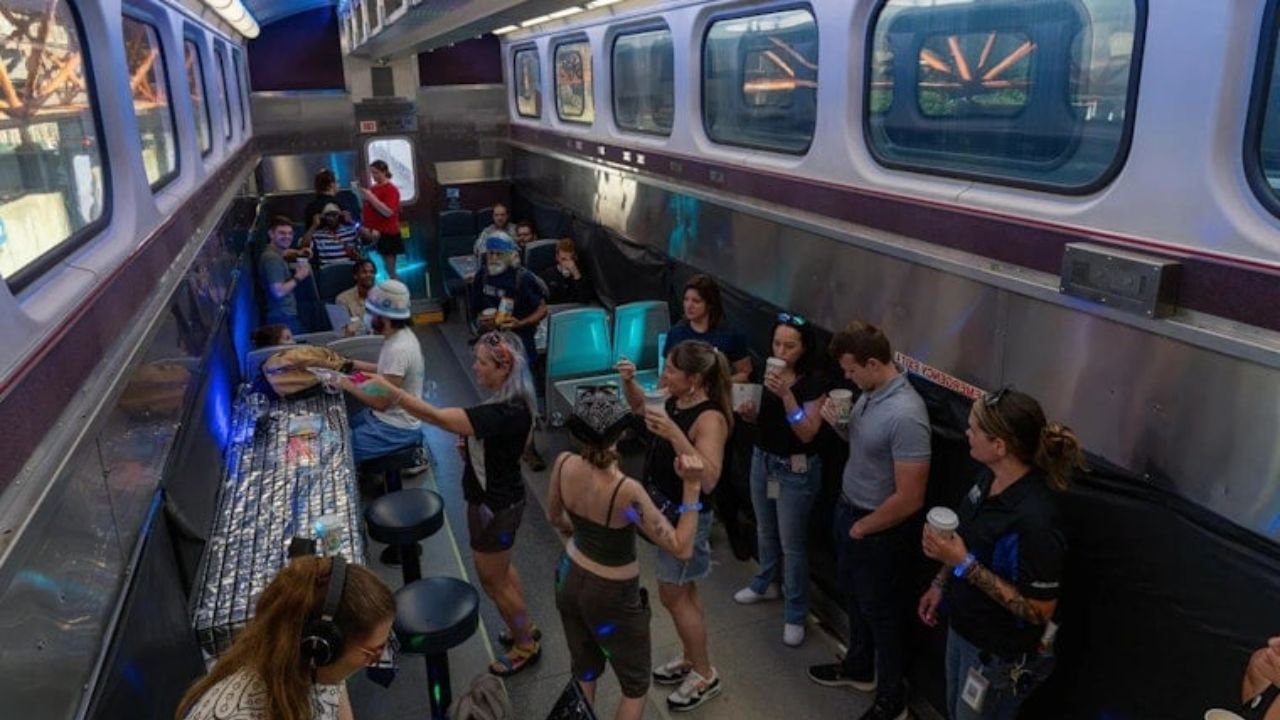CHICAGO — A 20-year-old woman was fatally shot in Washington Park Friday night, but it took 16 minutes for police and paramedics to find her body — a delay attributed to a wrong 911 address and the deactivation of ShotSpotter, Chicago’s now-defunct gunfire detection system.
The tragedy unfolded around 9:38 p.m. near the 5400 block of South Prairie Avenue, an area that used to be covered by ShotSpotter technology before Mayor Brandon Johnson terminated the city’s contract with the provider in September 2024. The initial 911 call incorrectly directed police to South Indiana Avenue, leaving responders searching the wrong block for over 10 minutes with no backup from automated systems.
No ShotSpotter, No Shots Fired Calls
According to dispatch records reviewed by CWBChicago, no “shots fired” calls came in to 911 during the incident. In the past, ShotSpotter might have automatically detected and reported gunfire, pinpointing the location more precisely than a caller.
Instead, officers relied solely on the first caller’s faulty information. At 9:52 p.m., a second caller phoned 911 to report a bleeding and unresponsive woman one block over — on South Prairie Avenue. Police quickly located the victim, who was lying beside a single shell casing and a can of mace.
She was pronounced dead at the scene. Her identity has not yet been publicly released.
Investigation and Suspect Description
Preliminary reports suggest the victim may have been involved in an argument or physical altercation before she was shot. Witnesses described the suspect as a 25-year-old man, around 6 feet 1 inch tall, wearing gray pants and a white T-shirt. No arrests have been made as of publication.
Alderman Pat Dowell Reignites ShotSpotter Debate
The shooting occurred in the ward of Ald. Pat Dowell (3rd), a vocal advocate for ShotSpotter. Dowell has previously criticized the mayor’s decision to discontinue the system, noting that it had successfully directed police to gunfire scenes in her district before.
“I’m a supporter of ShotSpotter,” Dowell said in a 2024 committee hearing. “It works. Our patrol officers and community want it. Taking it away put us at risk.”
She cited past incidents, including a triple shooting where the only response came because of a ShotSpotter alert. Without it, she warned, dangerous delays like Friday’s become more likely — especially in neighborhoods where residents hesitate to call 911 or can’t provide accurate details.
A Pattern of Delayed Response
This is not an isolated incident. Earlier in the week, officers needed nearly 14 minutes to locate a man shot in the chest because he couldn’t explain his location to the 911 operator. Again, there was no ShotSpotter backup.
According to a running list maintained by CWBChicago, this is the latest in a growing number of cases where victims were found in areas formerly monitored by ShotSpotter, with no immediate gunfire reports and delays stemming from either inaccurate 911 data or a complete lack of it.
What is ShotSpotter and Why Was It Removed?
ShotSpotter, a product of SoundThinking, used strategically placed microphones across 12 high-crime neighborhoods in Chicago to detect gunshots and relay exact coordinates to police. It had the ability to specify locations like “alley,” “sidewalk,” or “side of house,” giving officers a precise head start.
But Mayor Johnson and several criminal justice reform advocates questioned its accuracy, racial bias, and cost-effectiveness, citing a MacArthur Justice Center study that said ShotSpotter resulted in too many false alerts and unwarranted stops in Black communities. After heated debate, Johnson formally ended the city’s contract on September 23, 2024, despite opposition from the City Council, victims’ groups, and even his own police superintendent.
Critics Say Chicago’s Most Vulnerable Now Pay the Price
Gun violence victims and advocates argue the mayor’s move left communities like Washington Park without a vital emergency tool. Critics now warn that trust in the city’s emergency response system is eroding, especially among Black and Brown residents who feel they are no longer a priority.
“ShotSpotter wasn’t perfect,” said South Side activist Darnell Hughes, “but it was better than nothing. Now, a young woman lost her life and lay in the street for 16 minutes before anyone could even help.”
What Can Be Done?
-
Improve 911 Caller Support: Better training for dispatchers and clearer protocols when an address seems incorrect.
-
Reassess Gunfire Detection: Explore alternatives to ShotSpotter that balance privacy and response effectiveness.
-
Invest in Community Alerts: Equip neighborhoods with real-time communication apps or digital emergency kiosks.
-
Council Oversight: Aldermen are pushing for an audit of all incidents involving delays due to the lack of detection systems.
Have you experienced a delay in police or EMS response in your neighborhood? Did the removal of ShotSpotter affect your block? Tell us your story at ChicagoSuburbanFamily.com and explore other critical issues impacting your local safety and emergency services.

